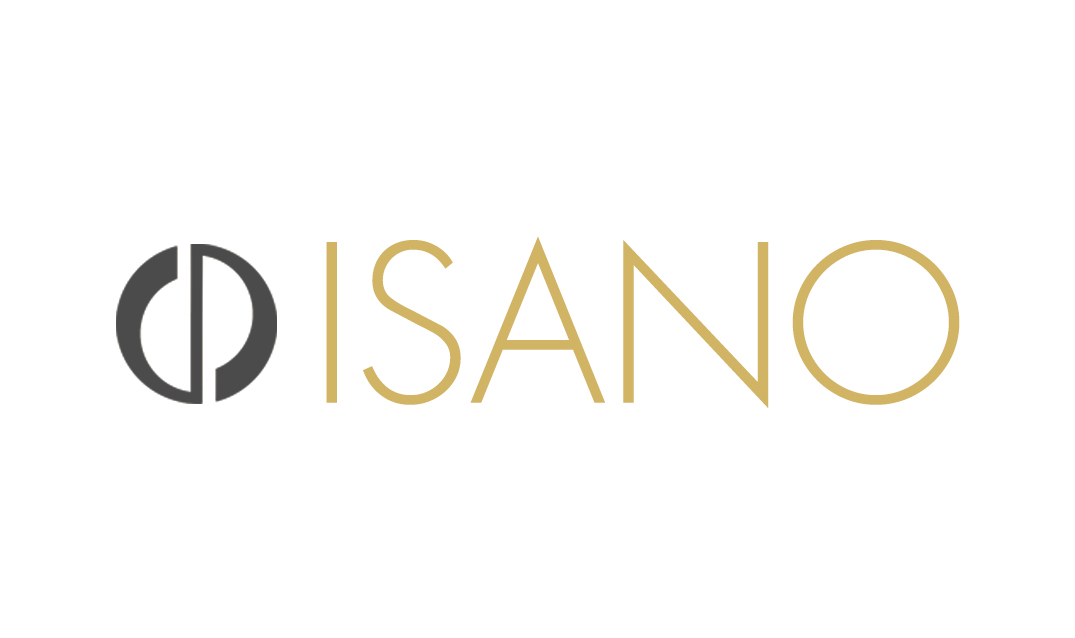A Guide To Recording A Cash Short Journal Entry

He has been a manager and an auditor with Deloitte, a big 4 accountancy firm, and holds a degree from Loughborough University. Cash Over and Short acts as a Revenue account when there is an overage. It’s “other revenue” for you, not a normal source of revenue like your paycheck. Also, the expenses in this journal entry are usually the expenses with a small amount such as postage expenses and freight expenses, etc. This account also provides companies with the ability to monitor the handling of cash, since it can apply to tellering operations too. In order to clearly understand this cash over and short, let’s go through the examples below.
How to Reconcile Petty Cash

Cash Over and Short is an income statement account used to track differences in cash collections from what is expected and what is actual. It is used in businesses that use cash in day-to-day operations, for example, retail stores and restaurants. Cash Over and Short reconciles what is in the cash drawer vs. what the cash register record says should be in the cash drawer. For another example, on January 31, we need to reconcile the petty cash expenses and replenish the petty cash to its full established petty cash fund. However, after counting the cash on hand, we find that the total cash remaining plus the total amount in petty cash expenses receipts does not equal the $100 of the established petty cash fund as there is a $3 short. For other types of businesses, the cash shortage usually happens when dealing with petty cash.
The cash over and short account

Calculate the sum of the petty cash account’s vouchers you created during the accounting period to determine how much cash you distributed during the accounting period. In the example, if you have $300 in vouchers for office supplies and $140 for transportation expense, add $300 to $140 to get $440 in total vouchers created during the period. Cash shortages are recorded in a what type of account is cash short and over separate income statement expense account usually known as the cash short or over account. When there is a cash shortage, it is treated as an expense; thus we recorded on debit.
- For example, if the cash in the register is less than the amount on your sales receipts, then you have a cash shortage, reports Double Entry Bookkeeping.
- The journal entry for this sale would debit cash for $96, credit sales for $95, and credit cash over short for $1.
- Thus, this account serves primarily as a detective control—an accounting term for a type of internal control that aims to find problems, including any instances of fraud, within a company’s processes.
- A cash short journal entry records any discrepancies between the amount of cash expected in your business’s accounts and the amount actually present.
- You can begin to understand the reasons for cash discrepancies on your income statement by examining cash handling in your business.
- Most retailers’ accounting systems have a cash over short account setup because they generally deal with cash sales everyday.
Cash shortage journal entry
- When there is a cash shortage, it is treated as an expense; thus we recorded on debit.
- This usually happens when we make mathematical errors during the day of the sales.
- For the past 52 years, Harold Averkamp (CPA, MBA) has worked as an accounting supervisor, manager, consultant, university instructor, and innovator in teaching accounting online.
- If an employee gives cash back after a customer has made a credit purchase, you will experience a cash shortage.
- The term also is the name of an account in a company’s general ledger—the cash-over-short account.
The cash over and short account is the type of miscellaneous account in the CARES Act income statement. If its balance is on the debit side, it is usually presented in the miscellaneous expenses. On the other hand, if its balance is on the credit side, it will be presented as miscellaneous revenue instead.
Cash over and short journal entry
- A negative result represents a cash short amount, while a positive number represents a cash over amount.
- The primary use of the cash over and short account is in cash-intensive retail or banking environments, as well as for the handling of petty cash.
- Also, the expenses in this journal entry are usually the expenses with a small amount such as postage expenses and freight expenses, etc.
- A series of cash overs and shorts may be a sign of theft or other problems in the company.
- For example, on December 22, after reconciling the cash on hand with the cash sales, we find that there is a cash shortage of $5.
If you received an invoice marked “paid” and the money was not actually collected, you will show a cash discrepancy. This is a bookkeeping error, and you should enforce cash controls that ensure that collections are only counted when payment is actually received. It can also be used when an employee must take money from the business’s accounts for personal reasons. For example, at the end of the month, the receptionist of the company ABC needs to request reimbursement to refill the petty cash fund of $100. Cash Over and Short acts as an Expense account when there is an shortage. It’s an “other expense” for you, not a normal expense like paying your bills.
Journal Entry for Cash Shortage

Debit your cash short and over account in your journal entry by the amount of cash short. Alternatively, credit your cash short and over account by the amount of cash over. In the example, debit your cash short and over account by $10 to record the cash short amount. Subtract the amount by which you need to replenish the account from the total amount of your vouchers. A negative result represents a cash short amount, while a positive number represents a cash over amount.


Leave a Reply
Want to join the discussion?Feel free to contribute!